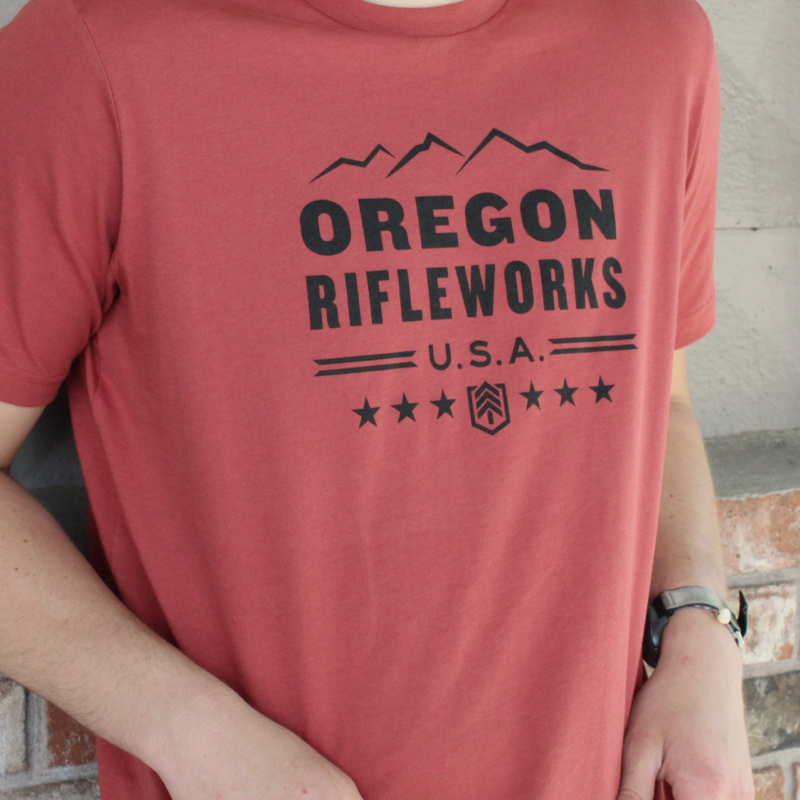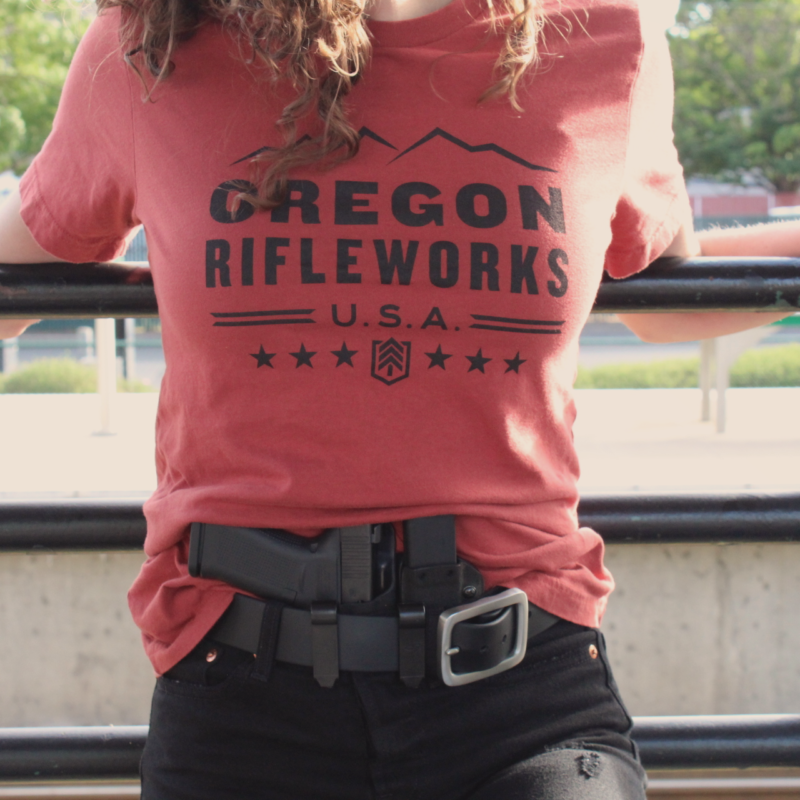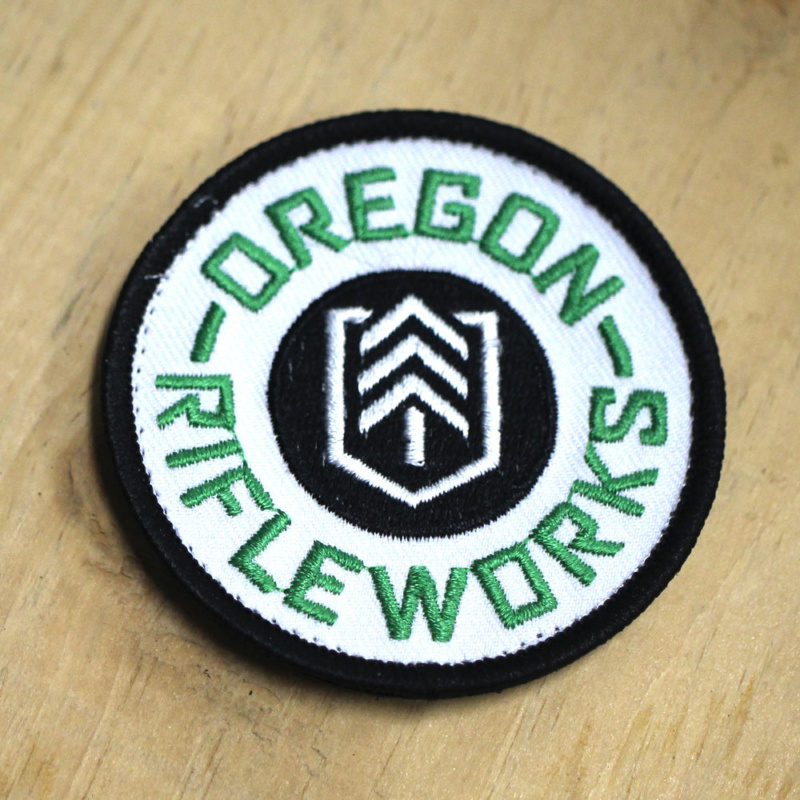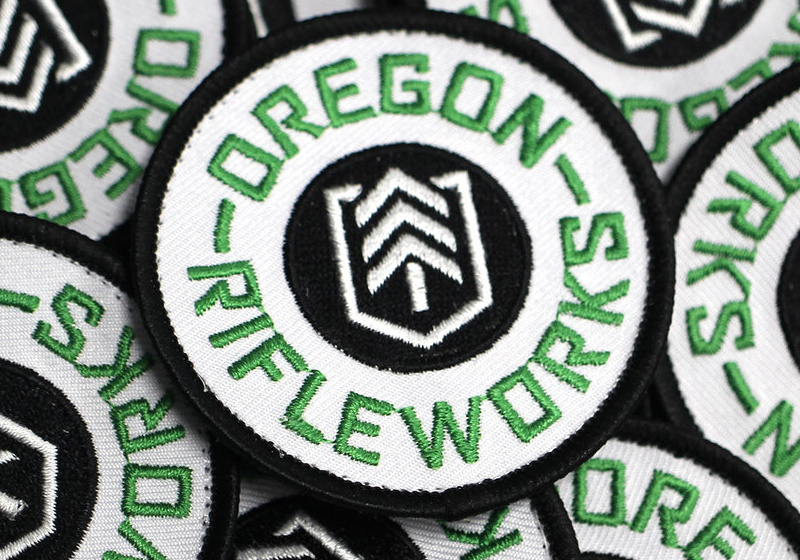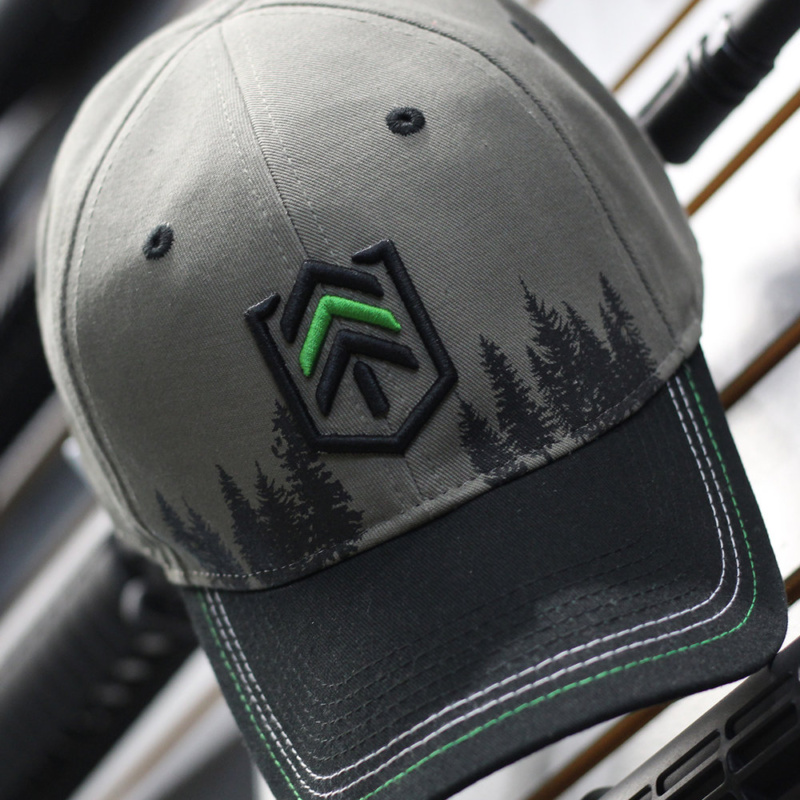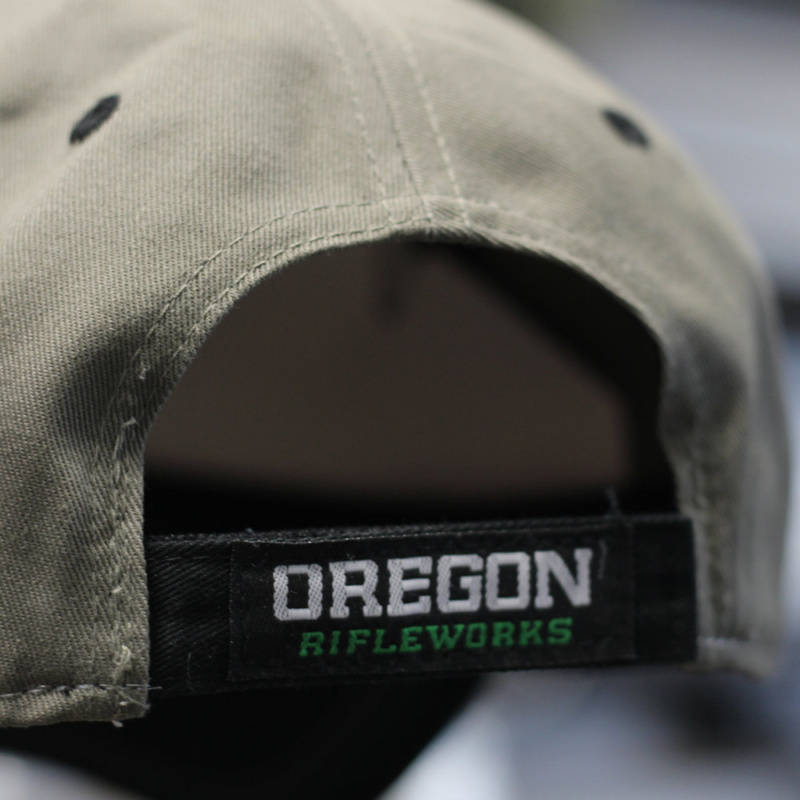Joe Watson G10 Piercing Tool
$174.99
Out of stock
The Joe Watson G10 Piercing Tool is 100% non-ferrous/ non-magnetic and made from G10 (high-pressure fiberglass laminate). Hand-sculpted texturing provides a secure, non-slip grip. The symmetrical grind features a .33″ thick cross-section for strength. The low-profile Kydex sheath is made from a single piece, expertly formed to the tool with multiple anchor points and an integral bi-directional clip. No hardware is used to keep with the non-ferrous/ non-magnetic nature of the Piercing Tool. Like all Joe Watson knives, the ergonomics, dependability, and American craftsmanship are top-tier.
- Blade Length: 5″
- OAL: 8.9″
- One-piece Grey-Black G10 construction
- Multicam Kydex sheath
- Handcrafted in The USA
“At 17 years old I enlisted in the US Army during the peak of the War on Terror, which was a great learning experience to kick off my adult life. Between training and combat missions, I’d gathered a lot of thoughts about what knives should be. Folding knives would routinely foul up, lose screws & clips or get lost from being snagged on the environment or an operator’s rifle sling or pack strap. When a locking mechanism failed, you had a real safety problem on your hand. If you weren’t in the jungle, some huge, bulky knives took up too much space and weight on equipment.
Upon leaving the military to work in the private sector in various security and training roles, I got to meet some of the finest trainers around and have been continually blessed to have them as mentors. Eventually I’d started to look outside of wrestling, BJJ and boxing and started taking lessons in weapons based martial arts like Filipino and Indonesian systems. In many places I had coworkers who could not carry firearms, so we started to heavily seek out edged, impact and improvised weapon training. While traveling, I would find out who was local and would go see how they did things. Some of the information was great and I met some good people during this process. Ultimately, I felt much was about entertainment with some of these systems. A lot of choreographed flashy moves, little to no training against opponents who were trying to win. There wasn’t much actual scenario training, but a lot of standing around and talking about what they would do in a given situation. As far as knife and sheath design, I noted a lot of things I did and certainly did not like. Eventually I’d link up with Craig Douglas of Shivworks, someone who’s training I started to think the world of and still recommend to anyone who is interested.
I’ve always spent as much time as possible outdoors and continue to use these knives every day, not just working around the shop, but also during hunting trips, wilderness survival & bushcraft and plain ol’ property maintenance. As a single guy, I had to learn how to cook or be stuck the way of pizza boxes and easy mac, so I enjoy making and using kitchen cutlery as well, although I don’t get to do as many as I’d like at the moment.
Initially I just wanted to make functional tools and didn’t give a thought to fit and finish. I continued to learn under some of the great knife makers like Johnny Stout. Through him I also got to learn tips, tricks and techniques from other longtime pros with immaculate attention to detail such as John Young, Harvey Dean and John Horrigan. After seeing their masterpieces, I was inspired to refine my work further. As I improved the details, my skill grew and the knives started not just working but looking a lot better as well- go figure!
By remaining active in the defense training industry as both a teacher and student, I am blessed with constant feedback on my designs as well as awareness of what people on the job require in ever-evolving environments. Since I respect the value of other methodologies and experience, I also frequently work with professionals from the military, law enforcement and civilian sectors to vet and create new designs. I have heard it said that I’ve probably put out more designs, and variations of them than most. I am not sure, I just know that there are a lot of great ways to build things for people who have a lot of really cool jobs. I’m blessed and thankful for your support and business.”
-Joe Watson
Description
The Joe Watson G10 Piercing Tool is 100% non-ferrous/ non-magnetic and made from G10 (high-pressure fiberglass laminate). Hand-sculpted texturing provides a secure, non-slip grip. The symmetrical grind features a .33″ thick cross-section for strength. The low-profile Kydex sheath is made from a single piece, expertly formed to the tool with multiple anchor points and an integral bi-directional clip. No hardware is used to keep with the non-ferrous/ non-magnetic nature of the Piercing Tool. Like all Joe Watson knives, the ergonomics, dependability, and American craftsmanship are top-tier.
- Blade Length: 5″
- OAL: 8.9″
- One-piece Grey-Black G10 construction
- Multicam Kydex sheath
- Handcrafted in The USA
“At 17 years old I enlisted in the US Army during the peak of the War on Terror, which was a great learning experience to kick off my adult life. Between training and combat missions, I’d gathered a lot of thoughts about what knives should be. Folding knives would routinely foul up, lose screws & clips or get lost from being snagged on the environment or an operator’s rifle sling or pack strap. When a locking mechanism failed, you had a real safety problem on your hand. If you weren’t in the jungle, some huge, bulky knives took up too much space and weight on equipment.
Upon leaving the military to work in the private sector in various security and training roles, I got to meet some of the finest trainers around and have been continually blessed to have them as mentors. Eventually I’d started to look outside of wrestling, BJJ and boxing and started taking lessons in weapons based martial arts like Filipino and Indonesian systems. In many places I had coworkers who could not carry firearms, so we started to heavily seek out edged, impact and improvised weapon training. While traveling, I would find out who was local and would go see how they did things. Some of the information was great and I met some good people during this process. Ultimately, I felt much was about entertainment with some of these systems. A lot of choreographed flashy moves, little to no training against opponents who were trying to win. There wasn’t much actual scenario training, but a lot of standing around and talking about what they would do in a given situation. As far as knife and sheath design, I noted a lot of things I did and certainly did not like. Eventually I’d link up with Craig Douglas of Shivworks, someone who’s training I started to think the world of and still recommend to anyone who is interested.
I’ve always spent as much time as possible outdoors and continue to use these knives every day, not just working around the shop, but also during hunting trips, wilderness survival & bushcraft and plain ol’ property maintenance. As a single guy, I had to learn how to cook or be stuck the way of pizza boxes and easy mac, so I enjoy making and using kitchen cutlery as well, although I don’t get to do as many as I’d like at the moment.
Initially I just wanted to make functional tools and didn’t give a thought to fit and finish. I continued to learn under some of the great knife makers like Johnny Stout. Through him I also got to learn tips, tricks and techniques from other longtime pros with immaculate attention to detail such as John Young, Harvey Dean and John Horrigan. After seeing their masterpieces, I was inspired to refine my work further. As I improved the details, my skill grew and the knives started not just working but looking a lot better as well- go figure!
By remaining active in the defense training industry as both a teacher and student, I am blessed with constant feedback on my designs as well as awareness of what people on the job require in ever-evolving environments. Since I respect the value of other methodologies and experience, I also frequently work with professionals from the military, law enforcement and civilian sectors to vet and create new designs. I have heard it said that I’ve probably put out more designs, and variations of them than most. I am not sure, I just know that there are a lot of great ways to build things for people who have a lot of really cool jobs. I’m blessed and thankful for your support and business.”
-Joe Watson

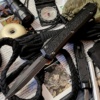

![20221027_140612[5920]](https://oregonrifleworks.com/wp-content/uploads/2022/10/20221027_1406125920-scaled.jpg)
![20221027_140626[5987]](https://oregonrifleworks.com/wp-content/uploads/2022/10/20221027_1406265987-scaled.jpg)
![20221027_140644[5921]](https://oregonrifleworks.com/wp-content/uploads/2022/10/20221027_1406445921-scaled.jpg)
![20221027_140704[5922]](https://oregonrifleworks.com/wp-content/uploads/2022/10/20221027_1407045922-scaled.jpg)
![20221027_140744[5931]](https://oregonrifleworks.com/wp-content/uploads/2022/10/20221027_1407445931-scaled.jpg)
![20221027_140832[5927]](https://oregonrifleworks.com/wp-content/uploads/2022/10/20221027_1408325927-scaled.jpg)
![20221027_140855[5929]](https://oregonrifleworks.com/wp-content/uploads/2022/10/20221027_1408555929-scaled.jpg)
![20221027_140941[5953]](https://oregonrifleworks.com/wp-content/uploads/2022/10/20221027_1409415953-scaled.jpg)
